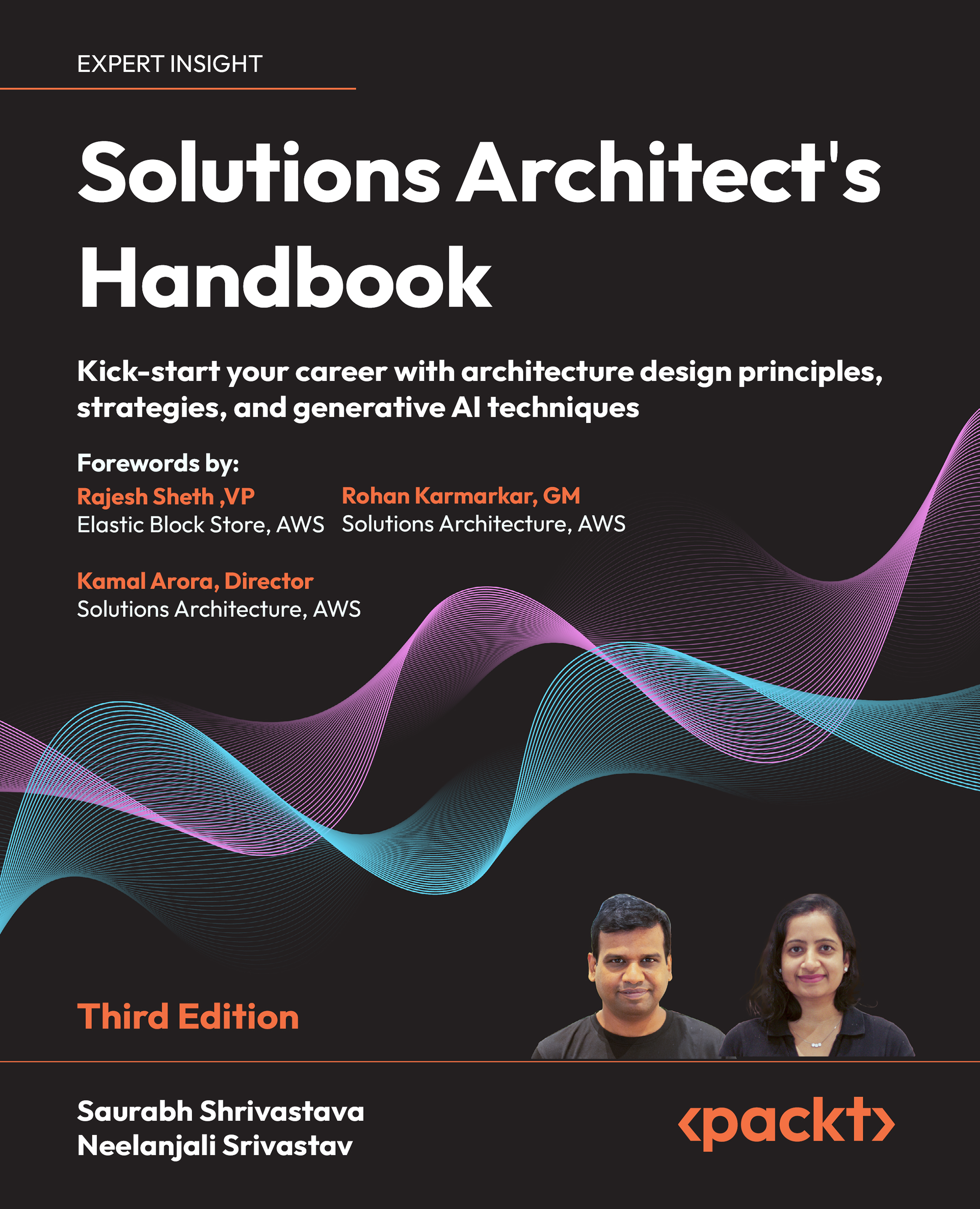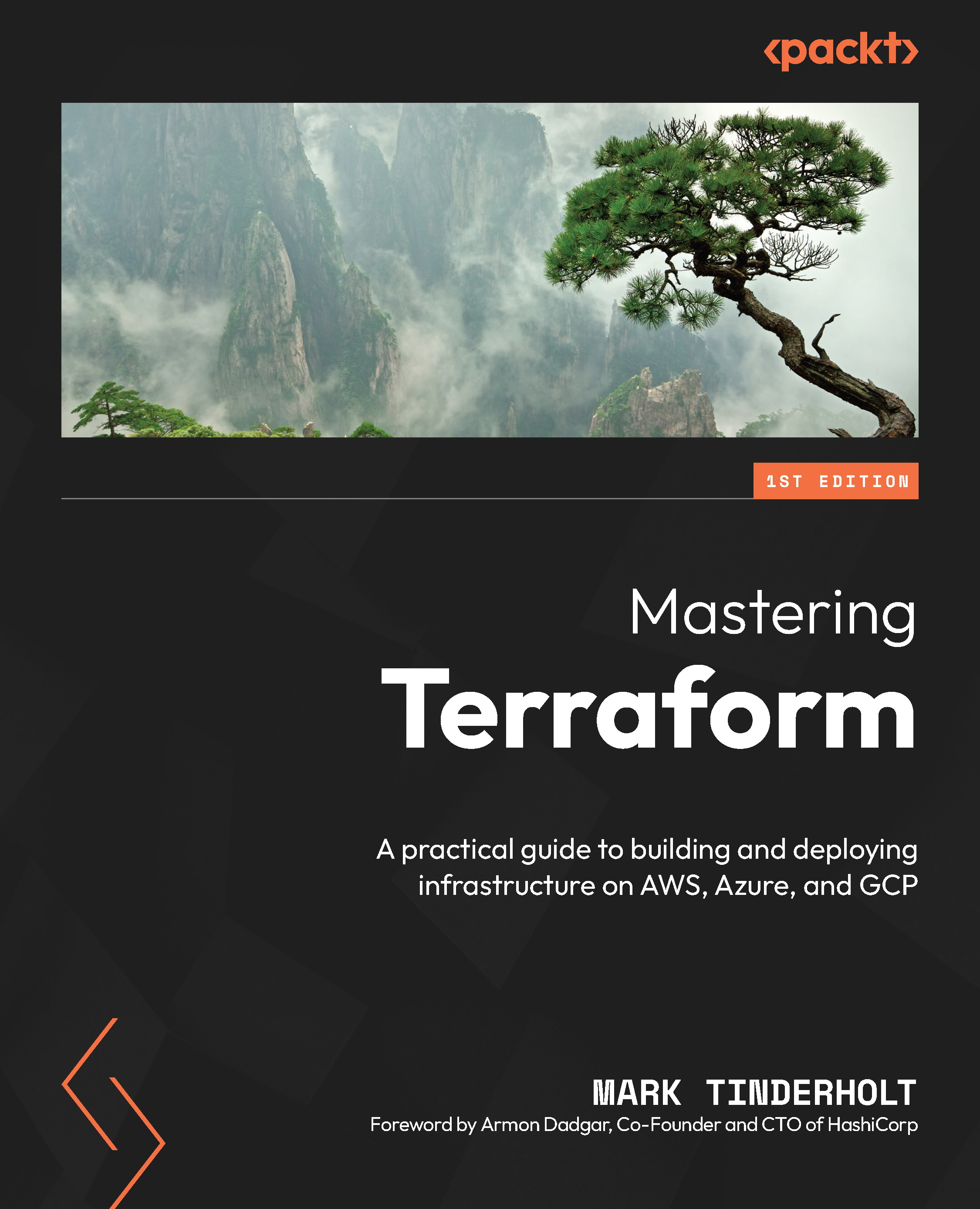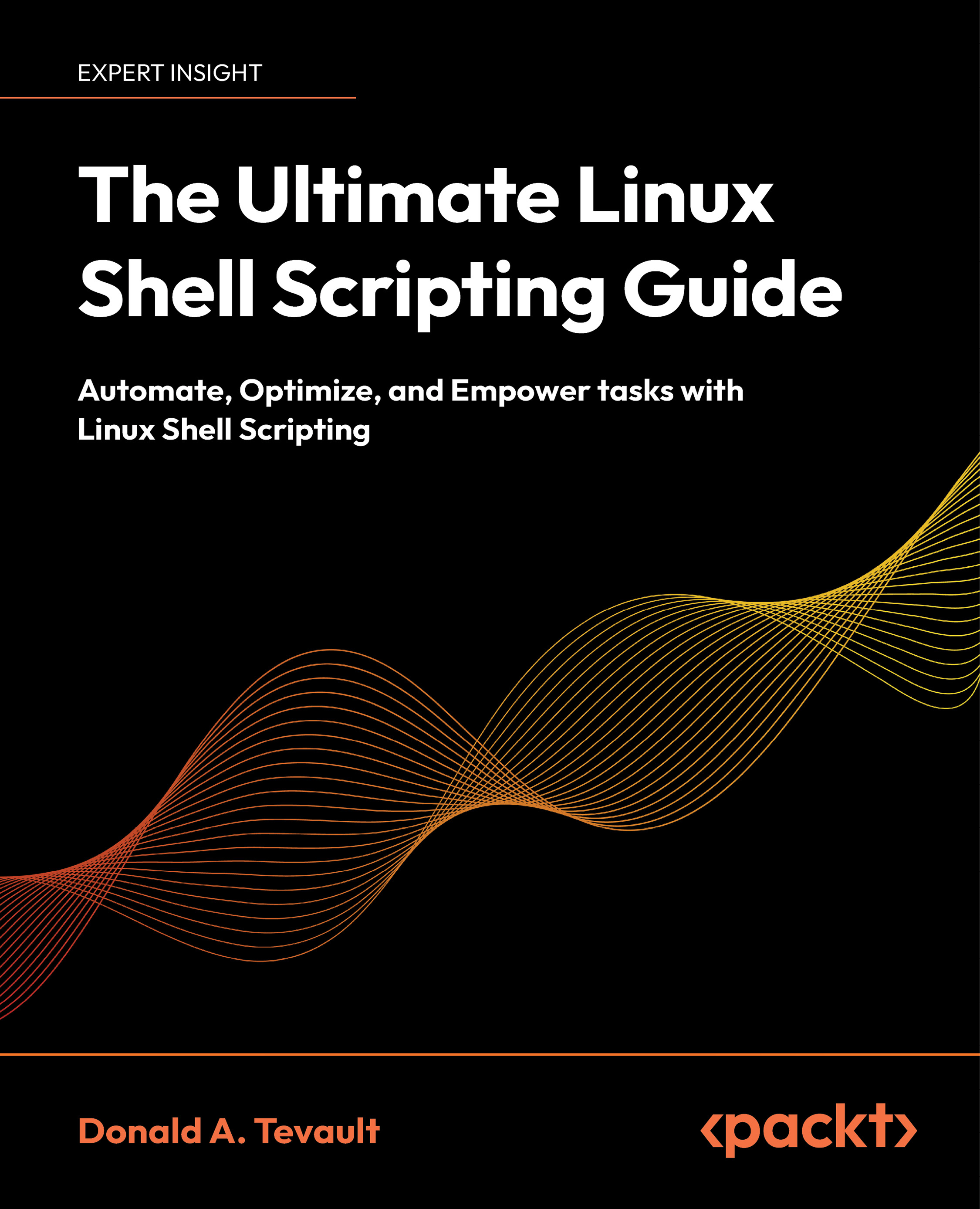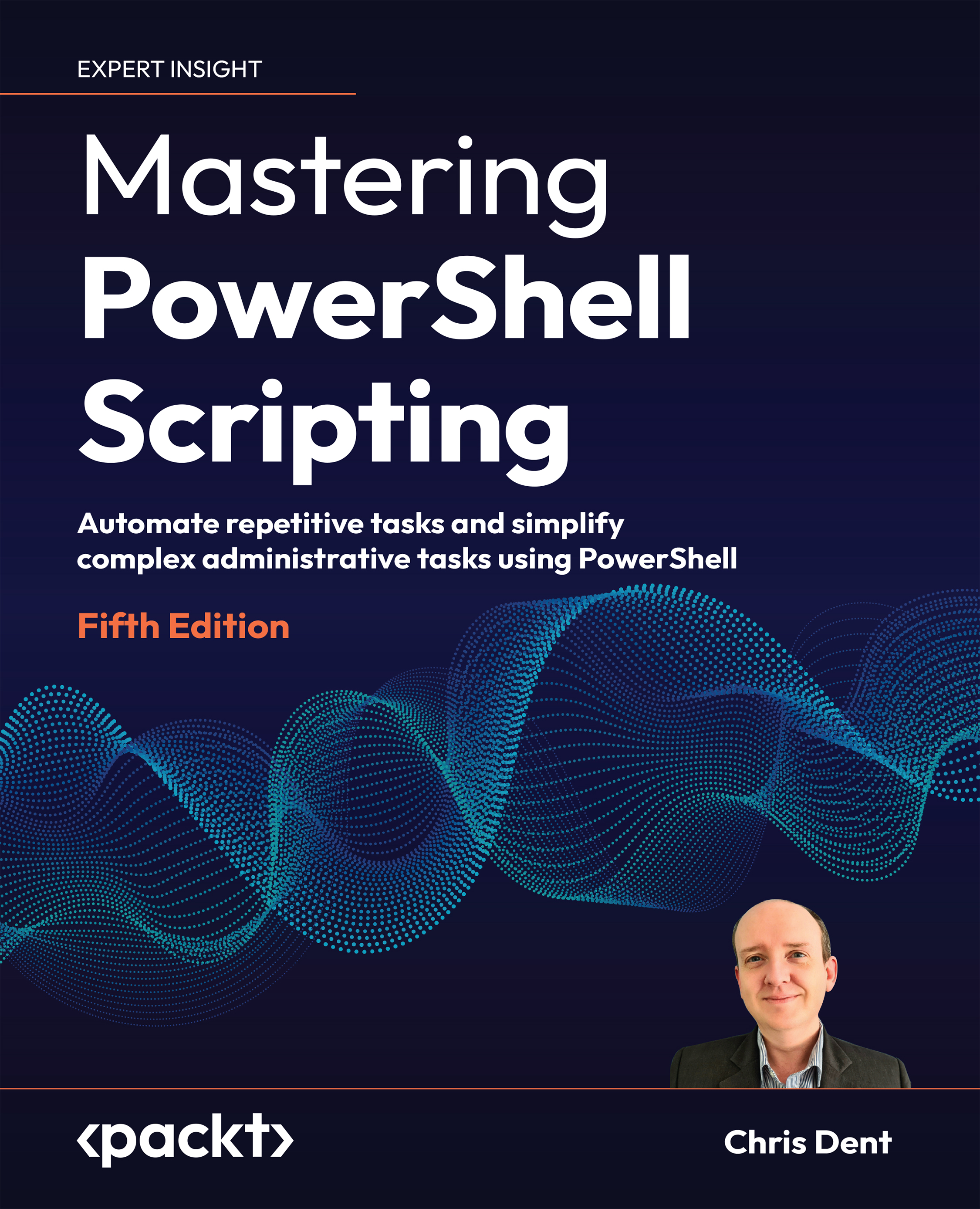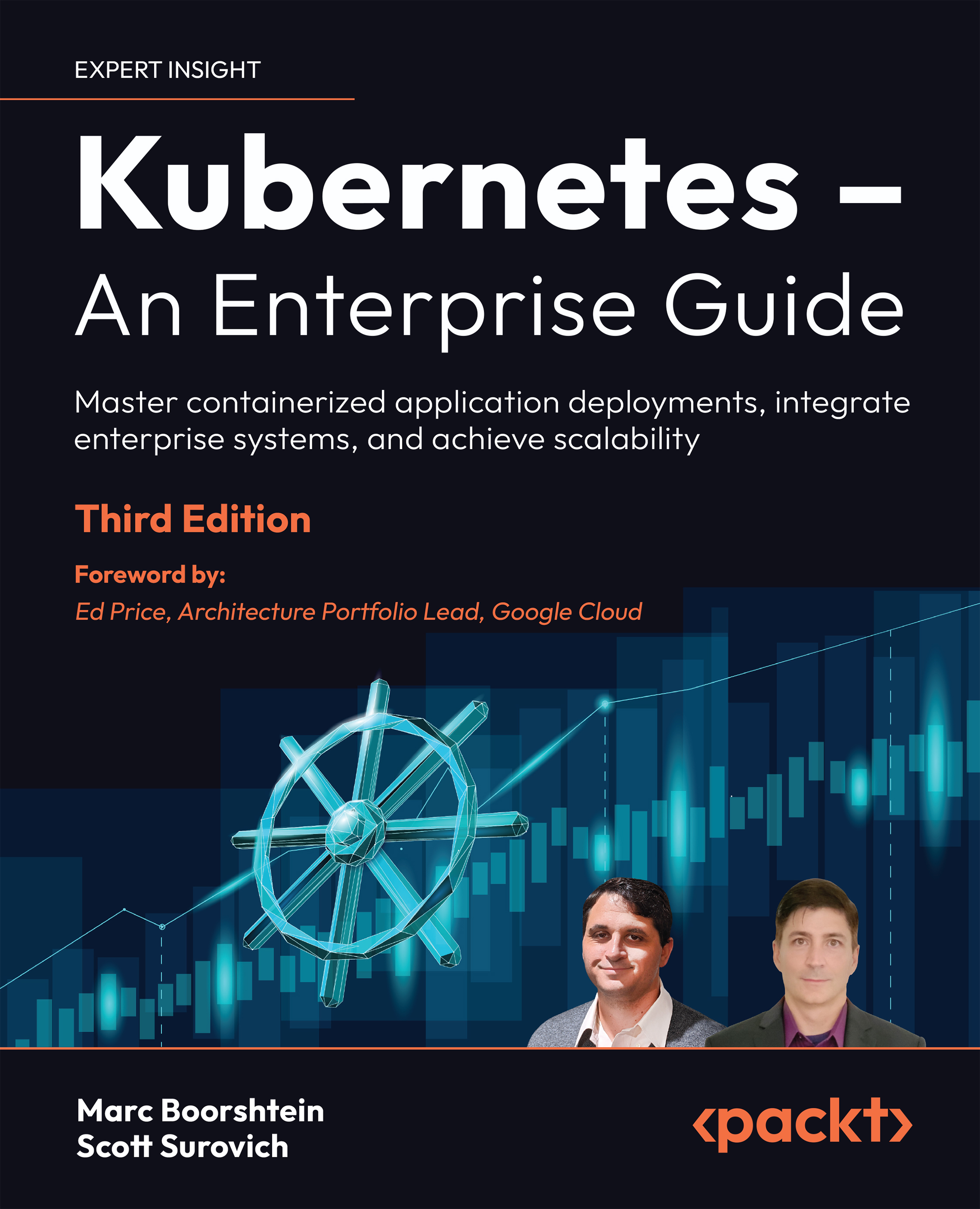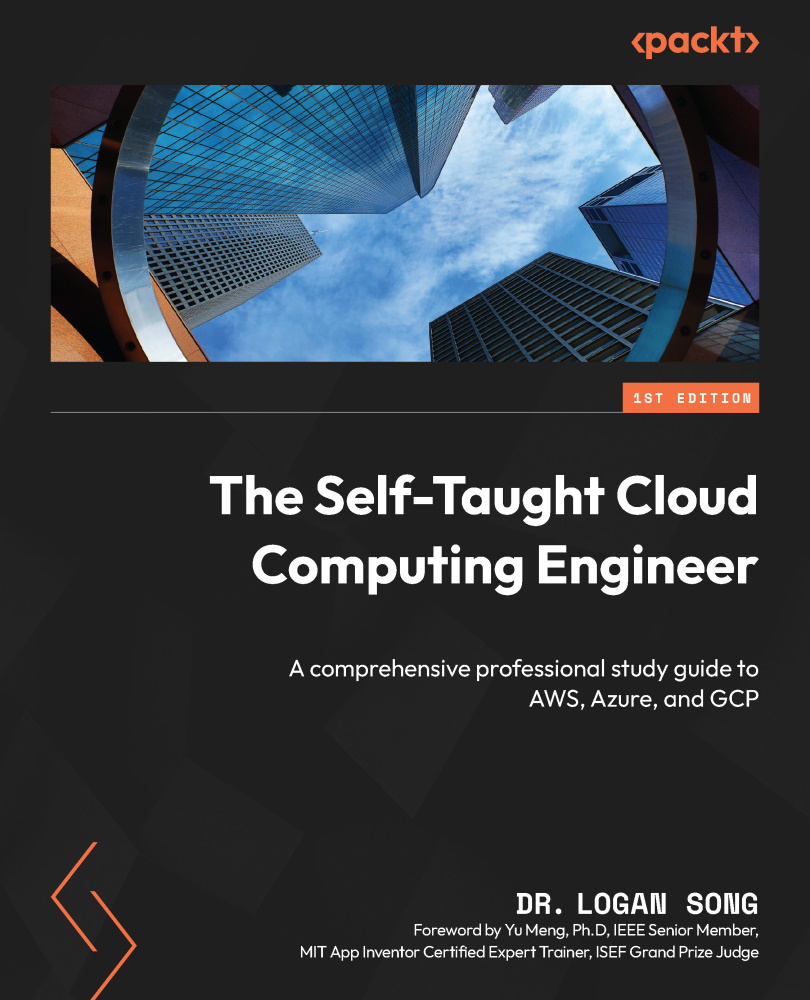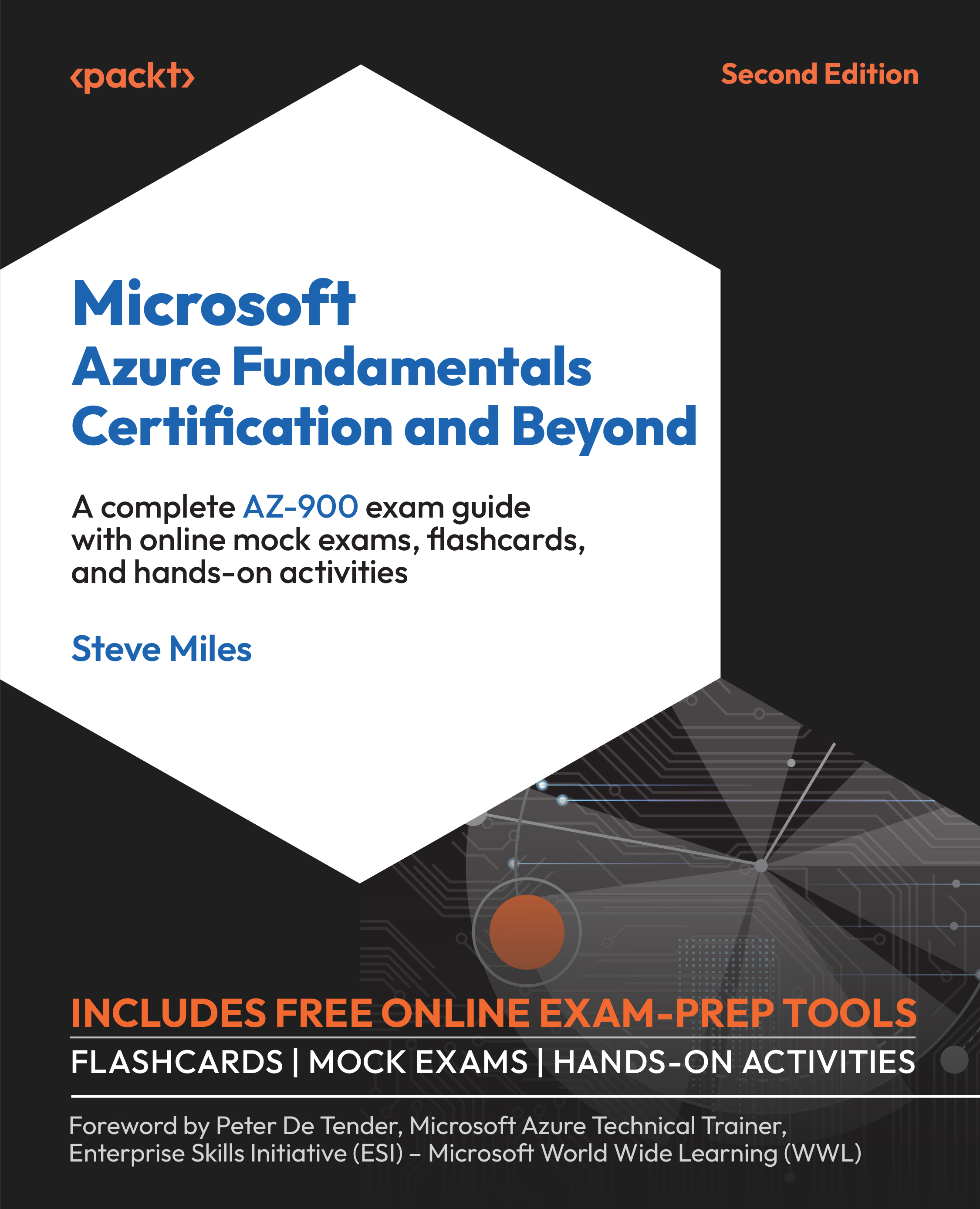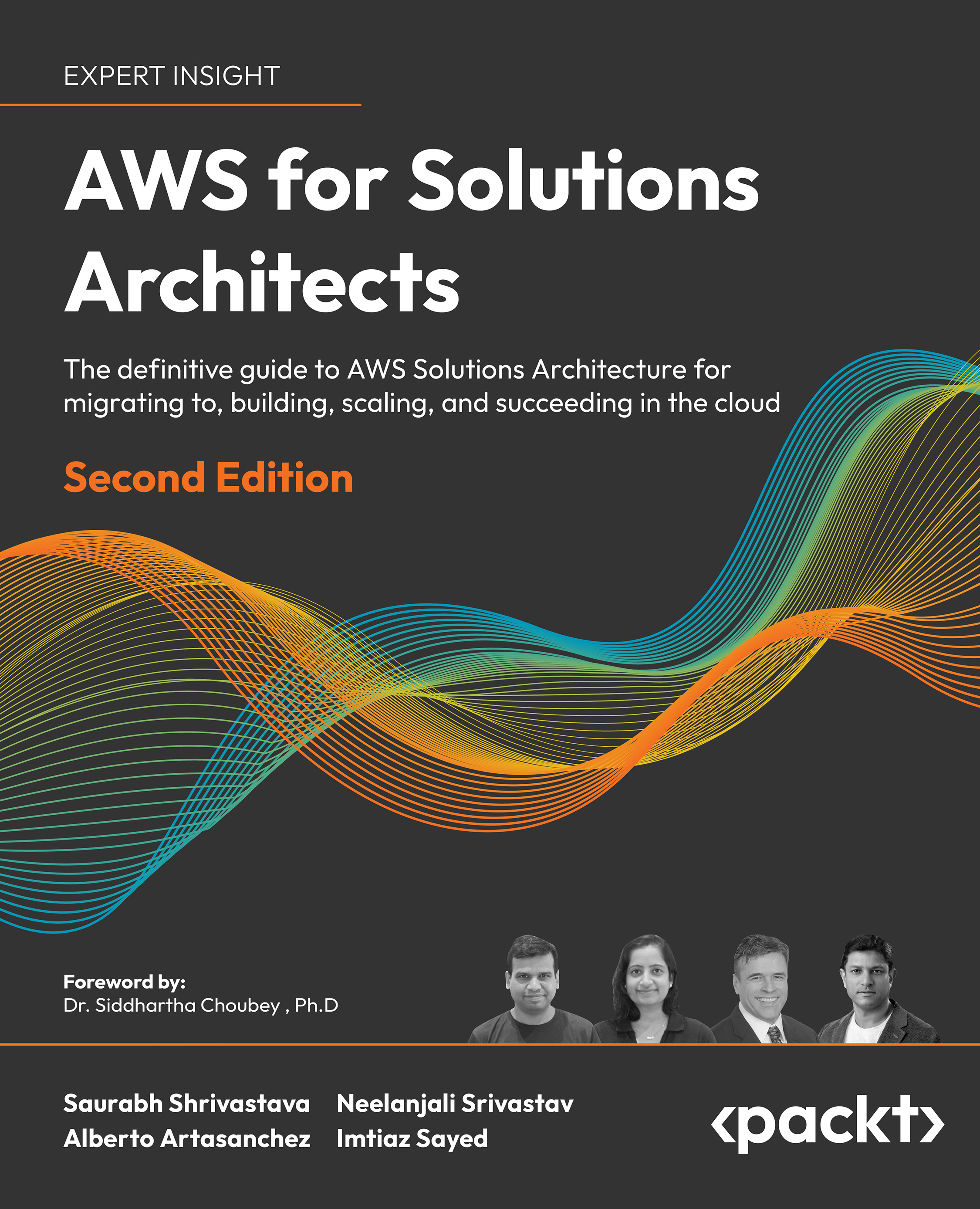In the simplest terms, cloud computing is the practice of delivering computing services such as servers, storage, networking, databases, and applications over the internet. In such a delivery model, the consumer, typically a business or an enterprise, only pays for the resources they use without having to pay for the capital investment cost of building and maintaining the data centers.
There are both financial and technological benefits for adopting a cloud computing approach. Companies transform their capital costs to operational costs and are able to pay for what they use rather than pay for idle infrastructure. Cloud computing also eliminates the cost of purchasing and maintaining expensive hardware and data center space. The pay-as-you-go model allows for increasing or decreasing resource consumption without having to pre-purchase hardware.
Companies can also focus on rapid innovation without having to worry about the backend infrastructure's ability to support it. Cloud companies are rapidly introducing new services on high performance hardware platforms that can be consumed on-demand by end users. Typically, companies either migrate entirely to the cloud or use a hybrid model of connecting their on-premise infrastructure to a cloud provider and migrate workloads as needed.
Some good initial use cases for the cloud include development and testing environments, data archiving, data mining, and disaster recovery. All these cases will help reduce capital costs and the speed of deployment and consumption makes cloud computing an ideal platform for these use cases.
Most cloud computing services fall into three broad categories: Infrastructure as a Service (IaaS), Platform as a Service (PaaS), and Software as a Service (SaaS).
With IaaS, you rent the IT infrastructure, which includes servers, virtual machines, networks, storage, and operating systems, on a pay-as-you-go basis. With PaaS, you are given access to an on-demand environment that allows you to quickly deploy, test, and develop your application without having to worry about the underlying IT infrastructure. PaaS is ideal for developers who only care about quickly deploying their application and not worrying about the server, compute, or its storage.
SaaS is a way of delivering software applications over the internet on a subscription model. A good example of SaaS is your Gmail email account. You are subscribed to your email by signing up for it and use the email software that is written, maintained, secured, and managed by Google.
 United States
United States
 Great Britain
Great Britain
 India
India
 Germany
Germany
 France
France
 Canada
Canada
 Russia
Russia
 Spain
Spain
 Brazil
Brazil
 Australia
Australia
 Singapore
Singapore
 Hungary
Hungary
 Ukraine
Ukraine
 Luxembourg
Luxembourg
 Estonia
Estonia
 Lithuania
Lithuania
 South Korea
South Korea
 Turkey
Turkey
 Switzerland
Switzerland
 Colombia
Colombia
 Taiwan
Taiwan
 Chile
Chile
 Norway
Norway
 Ecuador
Ecuador
 Indonesia
Indonesia
 New Zealand
New Zealand
 Cyprus
Cyprus
 Denmark
Denmark
 Finland
Finland
 Poland
Poland
 Malta
Malta
 Czechia
Czechia
 Austria
Austria
 Sweden
Sweden
 Italy
Italy
 Egypt
Egypt
 Belgium
Belgium
 Portugal
Portugal
 Slovenia
Slovenia
 Ireland
Ireland
 Romania
Romania
 Greece
Greece
 Argentina
Argentina
 Netherlands
Netherlands
 Bulgaria
Bulgaria
 Latvia
Latvia
 South Africa
South Africa
 Malaysia
Malaysia
 Japan
Japan
 Slovakia
Slovakia
 Philippines
Philippines
 Mexico
Mexico
 Thailand
Thailand



